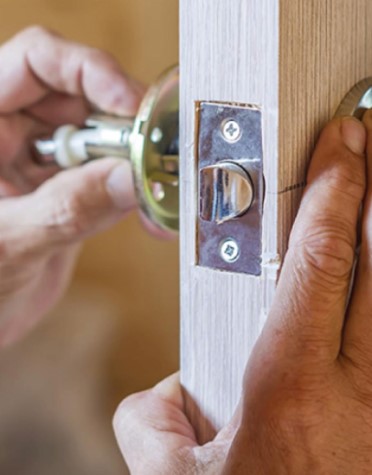The Evolution of Locks: From Ancient Times to Modern Security Systems

For millennia, the need to secure our belongings has driven innovation in lock design. Locks have come a long way from their rudimentary beginnings, transforming into sophisticated security systems guarding our homes and valuables. This blog delves into the captivating history of locks, showcasing their remarkable evolution.
Early Beginnings: Rudimentary Security
The earliest known locks date back to ancient Egypt, around 2000 BCE. These ingenious creations were crafted from wood and employed simple pin mechanisms. A wooden key with corresponding pins would lift and allow the bolt to be moved, granting access. Similar designs spread to other civilizations like Greece and Rome, evolving with the use of metal for increased durability.
Medieval Marvels: Mechanical Ingenuity
The Middle Ages witnessed a surge in lock complexity. Metalworking advancements led to the creation of sturdier locks made of iron and brass. These locks featured intricate mechanisms like lever tumblers and warded designs, making them significantly more resistant to tampering. Locksmithing became a respected trade, with skilled artisans crafting not only secure but also decorative locks that served as status symbols for the wealthy.
The Industrial Revolution: Mass Production and Innovation
The 18th and 19th centuries ushered in the Industrial Revolution, impacting lock manufacturing significantly. Mass production techniques facilitated the creation of standardized locks, making them more affordable and accessible to the general public. This era saw the birth of the pin tumbler lock, a revolutionary design patented by Robert Barron in 1778. This lock, with its spring-loaded pins that needed precise alignment for the key to function, became the foundation for many modern lock mechanisms. Combination locks also emerged during this period, offering an alternative to traditional key-based systems.
The 20th Century and Beyond: Electronics Enter the Mix
The 20th century brought about a security revolution with the introduction of electronic locks. These locks offered enhanced security by utilizing codes or even biometric data like fingerprints for access. The convenience factor also soared, allowing remote locking and unlocking capabilities. Modern smart locks integrate seamlessly with smart home systems, creating interconnected ecosystems for ultimate security and control.
The Future of Locks: A Blend of Convenience and Security
As technology continues to evolve, we can expect even more sophisticated lock designs in the future. Biometric authentication is likely to become more prevalent, while voice recognition and smartphone integration might become standard features. The future of locks lies in finding the perfect balance between convenience and robust security, ensuring our homes and valuables remain protected in an increasingly tech-driven world.
The journey of locks, from their primitive origins to the marvels of modern technology, reflects our ongoing quest for security. Locks have not only secured our belongings but have also mirrored the technological advancements of each era. As we move forward, one thing remains certain: the ingenuity of locks will continue to safeguard our world.
This post was written by a professional at Unico Locksmith. https://unicolocksmith.com/ is your local locksmith in Maryland that specializes in commercial and residential lock changes, re key services, automotive locksmith services, and locksmith qualified emergencies. Contact Unico Locksmith to get the best and fastest locksmith today!








